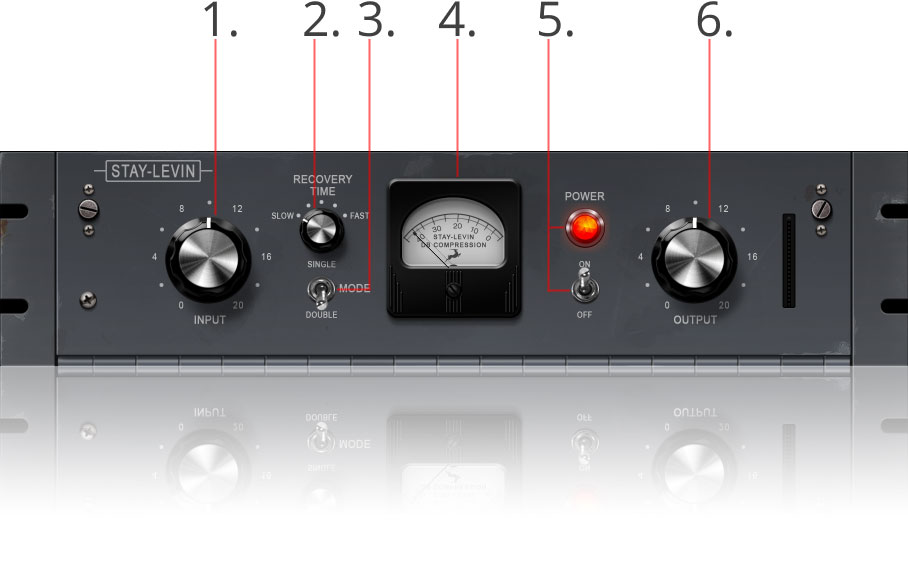1. Introduction
Simple design and controls, epic looks, massive sound. Stay-Levin is a unit that shaped the sound of the US 1960s classics. Without a doubt carrying a character and color of its own, it recreates a valve compressor legend that will add a desired analog edge to your contemporary production. Its simple front panel set of controls, featuring only two knobs and two switches, can result in a surprisingly varying compression styles, which can enhance vocals, acoustic guitars and synth leads. Treat your bass and drums with it and they’ll grow bigger and meaner. Vintage compression at its finest, recreated in the FPGA domain for real-time FX perfection.

